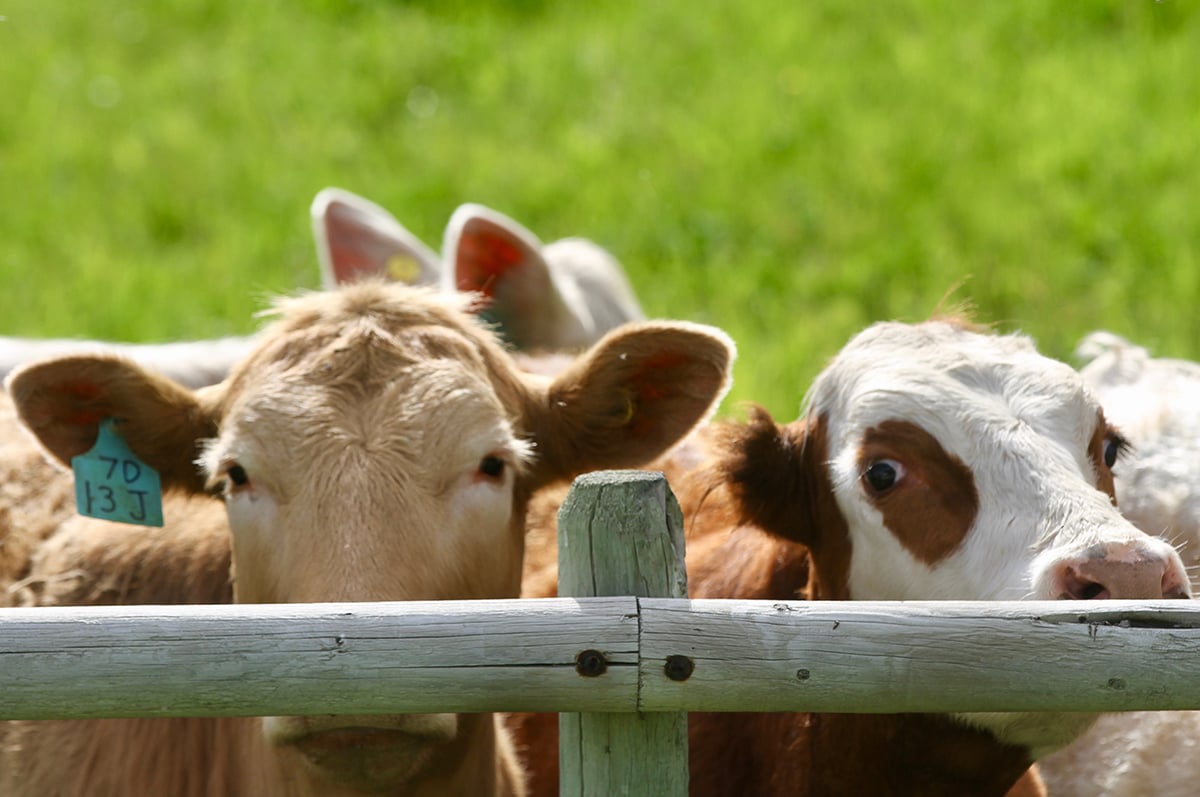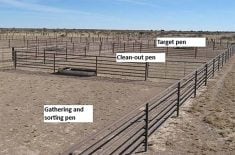When the Canadian dairy industry calculates lingering costs from BSE, it typically refers to the $133 million in exports of dairy heifers that were cut off in May 2003 when the border closed.
A completely open border would restore that source of revenue.
But a report from the Guelph-based George Morris Centre questions whether that market can be recaptured, at least to the extent it once held, even if the United States allowed resumption in the trade.
“Discussions on both side of the border suggested that even if the border were opened to trade tomorrow, some time would be required for adjustment to a resumption in trade and it is entirely unclear (and indeed unlikely …) that the trade would resume at its previous levels,” said the report written by former Ontario Cattlemen’s Association general manager Graeme Hedley and the centre’s senior researcher, Al Mussell.
Read Also

Feeder market consolidates at historic highs
For the week ending Sept. 6, Western Canadian feeder cattle markets were relatively unchanged compared to seven days earlier.
They argue that the dairy heifer trade, which hit 65,000 head in 2002, was driven by American buyer preference for the quality of Canadian genetics, a shortage of heifers in the American herd and price.
“The situation is markedly different today,” they said.
American dairy herd numbers have been stable for several years so there is not a perceived shortage.
At the same time, a number of Canadian heifer exporters and transporters have left the business since the border closed in 2003, so the export infrastructure has declined.
But the most important factor is the price, determined in part by the value of the Canadian currency.
Since 2003, the value of the Canadian dollar compared to the American dollar has soared 19 percent – from 74 cents on May 20, 2003, to more than 88 cents on March 3, 2006. That makes Canadian exports far more expensive and less competitive in the U.S.
At the least, it would force Canadian exporters to lower their prices in order to compete.
“There is no stampede of Canadian dairy replacement heifers poised to charge southward when the border is reopened,” Mussell said.
However, the study also debunked the argument of some American opponents of an open border that the lack of Canadian cattle moving south has been one of the reasons American milk prices have increased during the past 30 months.
“Although some in the U.S. dairy industry have made a connection between the border closing and increased U.S. milk prices, we found no empirical evidence to support that assumption,” said Mussell.














